- Time Really Flies When You Write A Newsletter – It’s Been A Decade?!?!?!?
- WaPo Tracked DC Homes By Paint Color To Correlate With Gentrification Trends
- Like Exterior Paint Color Trends, We’ve Seen Plenty Of Emphasis On Interior Color Schemes
On March 6, 2015, I sat down to write a newsletter different from my Matrix Blog after I grew tired of writing up to 5 blog posts a day since 2005. Housing Notes has evolved over the decade and has been a labor of love. I’ve never missed a week over the past decade, blogging from Shanghai, Istanbul, Antarctica, Stockholm, London, Paris, Turks & Caicos, LA, Savannah, Venice, Copenhagen, Athens, Boston, NYC, Connecticut, Washington, D.C., Miami, San Francisco, Dallas, Philadelphia, and of course, Detroit. The content here is shared with a passion that has prompted a lot of real estate articles, and enough so that I was invited to testify in Washington, DC. Unexpectedly, its content also helped force two disgraced trade group CEOs and a not-for-profit president in the appraisal industry to leave their positions. I appreciate each one of my readers and the feedback you share with me. Last summer, I converted Housing Notes from a Friday “garbage truck” format to 3 to 5 days per week single topic emphasis. I’m excited that readership has been growing. You stuck with me! Thank You.
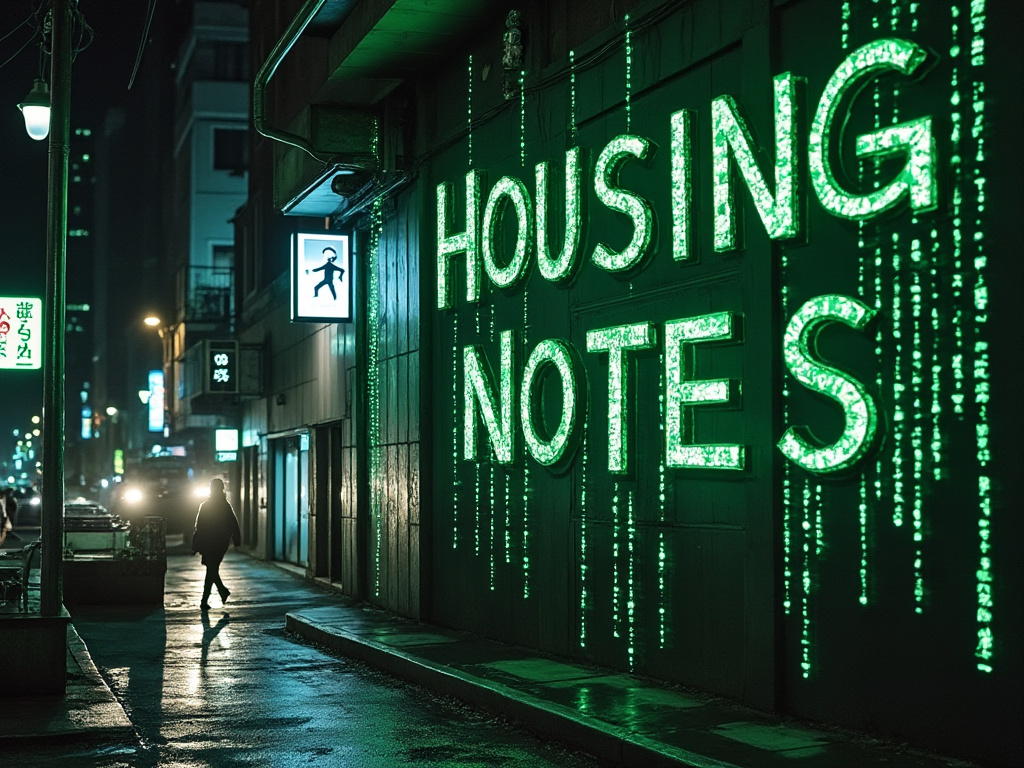
Let’s Begin The Next Decade Of Housing Notes Right Now With This: “DC Is A Gray Area.”
With the gentrification trend in urban housing markets like DC, the exterior color of paint is becoming a “tell.” In this Washington Post color analysis, “The house color that tells you when a neighborhood is gentrifying,” it looks like black, white and gray are the paint choices in renovated and new owner occupied homes. The eight wards of DC clearly show the pattern in WaPo’s creative analysis. Read the infographic below for the summary details.
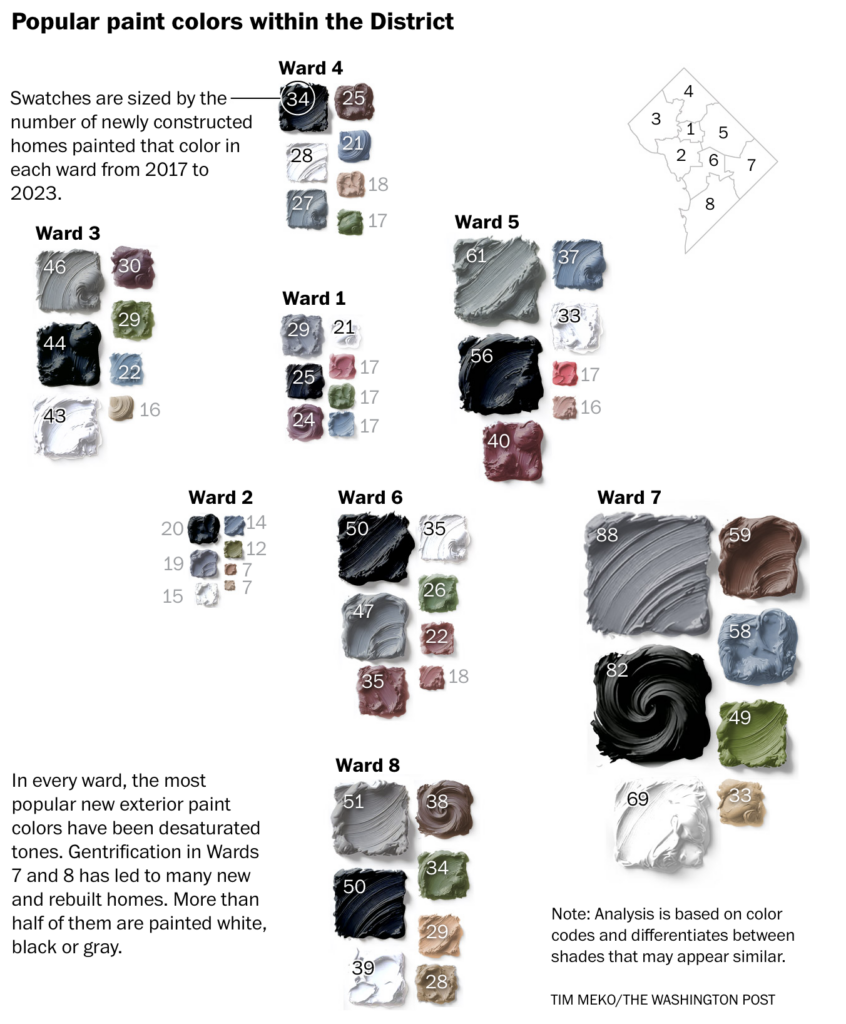
From the Washington Post analysis:
As of 2023, the most recent year for which national Census Bureau data estimates are available, about 33 percent of the District’s homeowners identified as Black. That’s a notable drop from more than a decade earlier, in 2010, when nearly 45 percent of homeowners did.
Meanwhile, White homeownership rates in the city have continued to climb. In 2023, White residents accounted for 51 percent of D.C. homeowners, up from about 48 percent in 2010, census estimates show.
Yesterday, I taught a class at Drexel University in Philadelphia, where we discussed the concept of proxies in detail. Proxies are a vital tool for measuring housing markets when the desired characteristic isn’t quantified. Other indicators serve as a means to assess these amenities when no alternatives are available. The idea that the color of exterior house paint reflects gentrification patterns strikes me as incredibly clever. I admire the creativity of their approach to measuring this trend.
We’ve Seen This Pattern Before On The Inside
Reality television taught us a certain interior design style by Chip and Joanna Gaines of Waco, Texas which has been commonly adopted over the past decade – open kitchens, monochromatic color schemes, etc. I’ve written about reality shows before. My appraiser colleagues in Texas, where their show is based, tell me that this “look” will go out of style in the not-too-distant future and will be the subject of gut renovations the next time the homes turn over.
I chuckle when I think back to this old chestnut of story. Treasury Secretary Timothy Geithner, during the Obama administration (remember him?), famously couldn’t sell his house, and a lot of attention was focused on his blue bathroom since Zillow said homes at the time sold for a $5,400 premium when they had a blue bathroom. Classic junk stats. LOL.
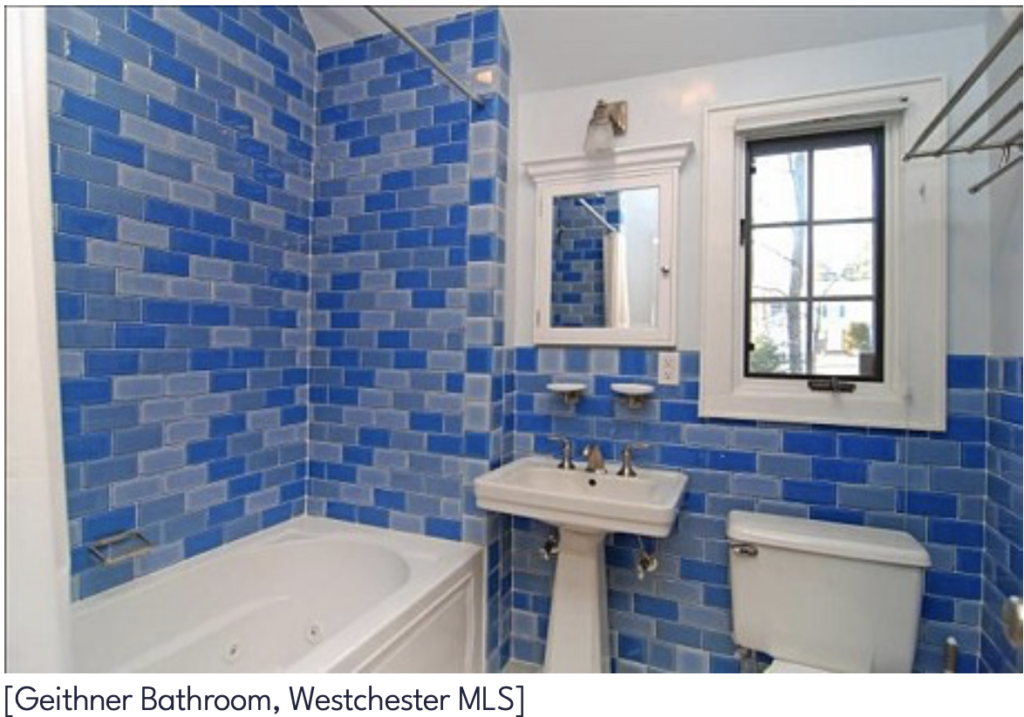
Every year, Pantone picks the “color of the year,” and there is a procession of articles in design and architecture magazines that celebrate the new color. For 2025, the Pantone color of the year is Mocha Mousse. I don’t get it, but I like it as a dessert option on the menu.
In the Washington Post’s analysis of gentrification, the colors that “pop” are found in the doors of rehabbed or new homes, not the exterior itself. There are lots of door color recommendations on the interwebs, but in DC, it’s yellow, blue or red.
Final Thoughts
This piece wasn’t meant to discuss the impact of gentrification on current residents or the broader social structure. Using the exterior color of owned homes as a proxy was a clever way to grasp the changing trends in the local housing market. I’m curious to know if this approach has been applied in other U.S. housing markets or if the exterior color of owner-occupied homes in D.C. stems from a local sensibility not found elsewhere. I prefer bright colors, reminiscent of the pre-gentrification house paint hues in D.C., because, as a father of four boys, I sported many tie-dye shirts during their younger years. They have used reverse psychology on me; all my (adult) kids now only wear black and gray in their casual outfits.
The Actual Final Thought – While this is an old data point that I’ve referred to before, it never fails to amaze me, and I found a new graphic: the usage of cement has radically changed worldwide.
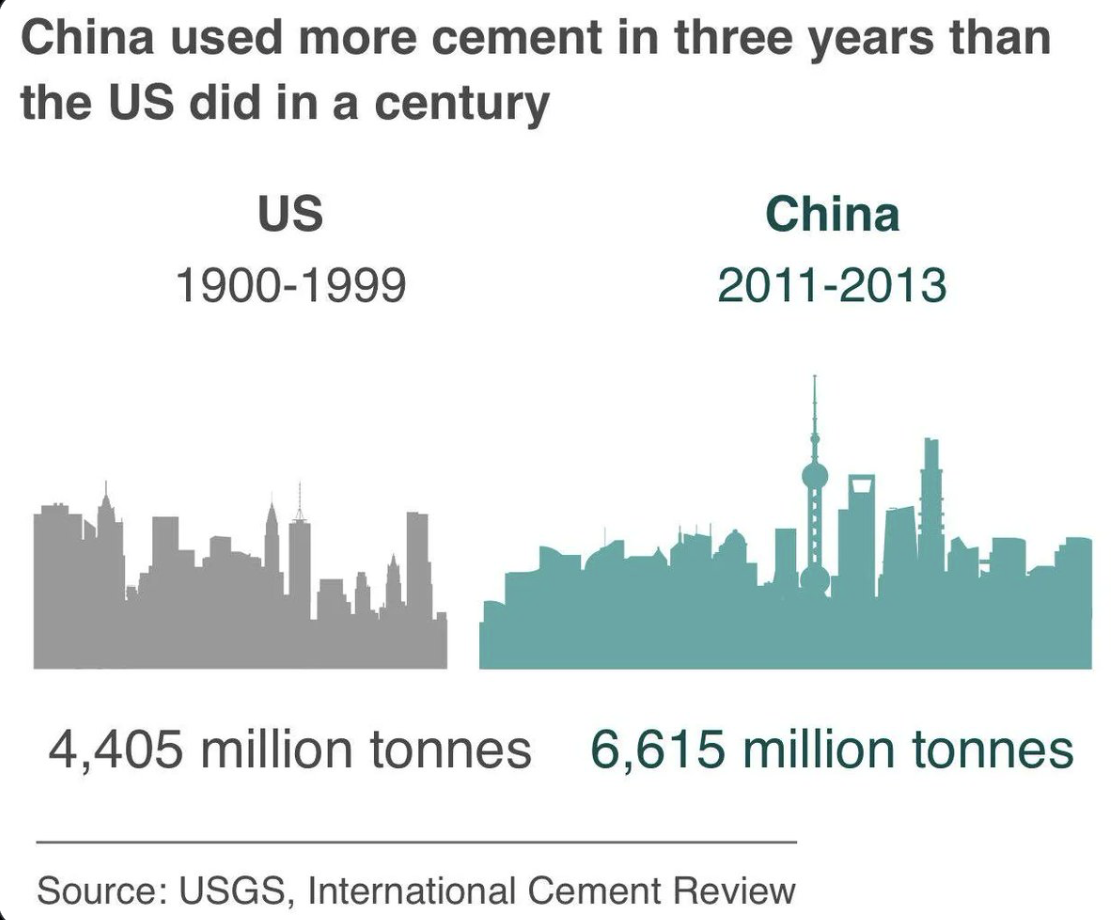
Upcoming Speaking Events
- March 12, 2025 – [In Person 570 Lexington, New York] REBNY Residential Market Pulse – register here

- March 19, 2025 [In Person, Darien, CT] – Navigating The Tides: FEMA, Waterfront Living, And The Real Estate Market. RSVP instructions on the flyer.

Did you miss the previous Housing Notes?
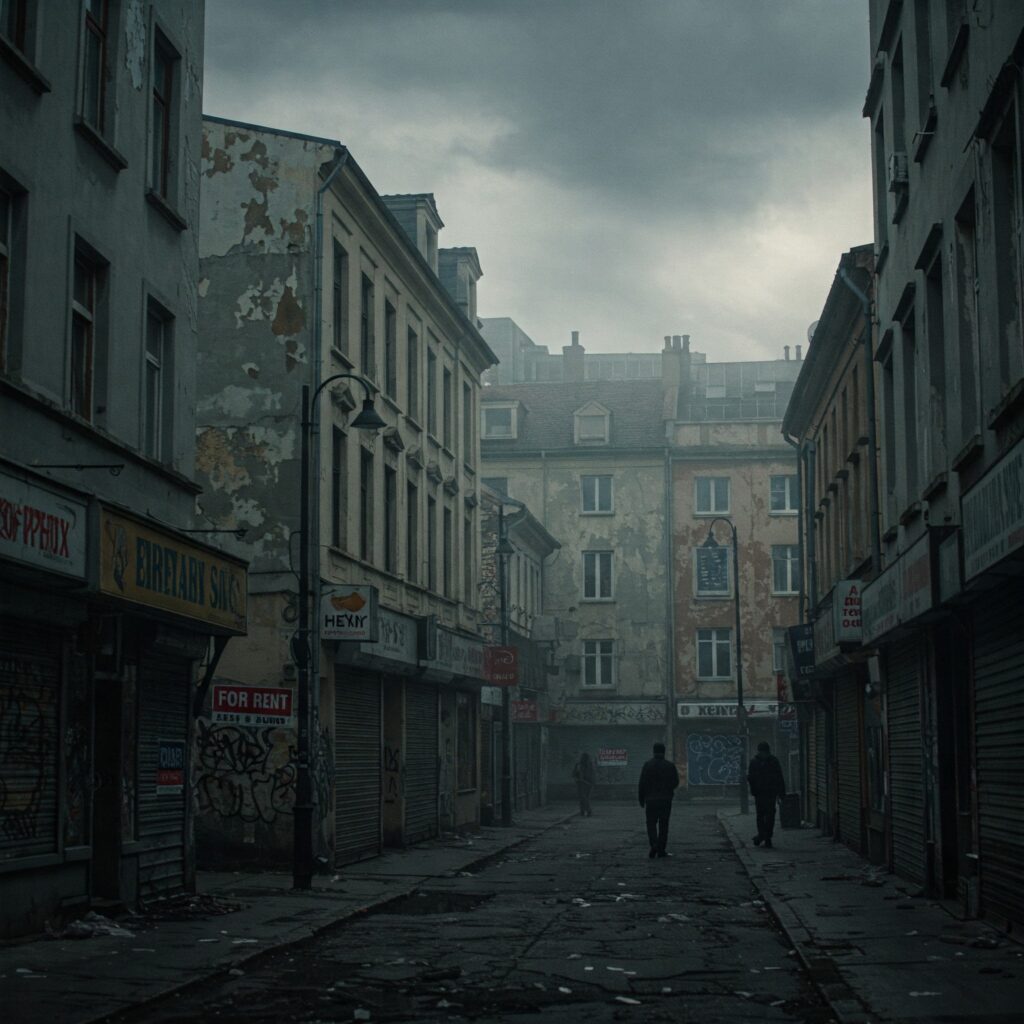
Housing Notes Reads
- The house color that tells you when a neighborhood is gentrifying [Washington Post]
- Historic Tribeca corner slated for luxury condo redev [The Real Deal ]
- The Legacy of Levittowns [New York University]



![[Podcast] Episode 4: What It Means With Jonathan Miller](https://millersamuel.com/files/2025/04/WhatItMeans.jpeg)